I hope you enjoy reading this blog post.
If you want to get more traffic, Contact Us

Click Here - Free 30-Minute Strategy Session
Be quick! FREE spots are almost gone for this Month. Free Quote
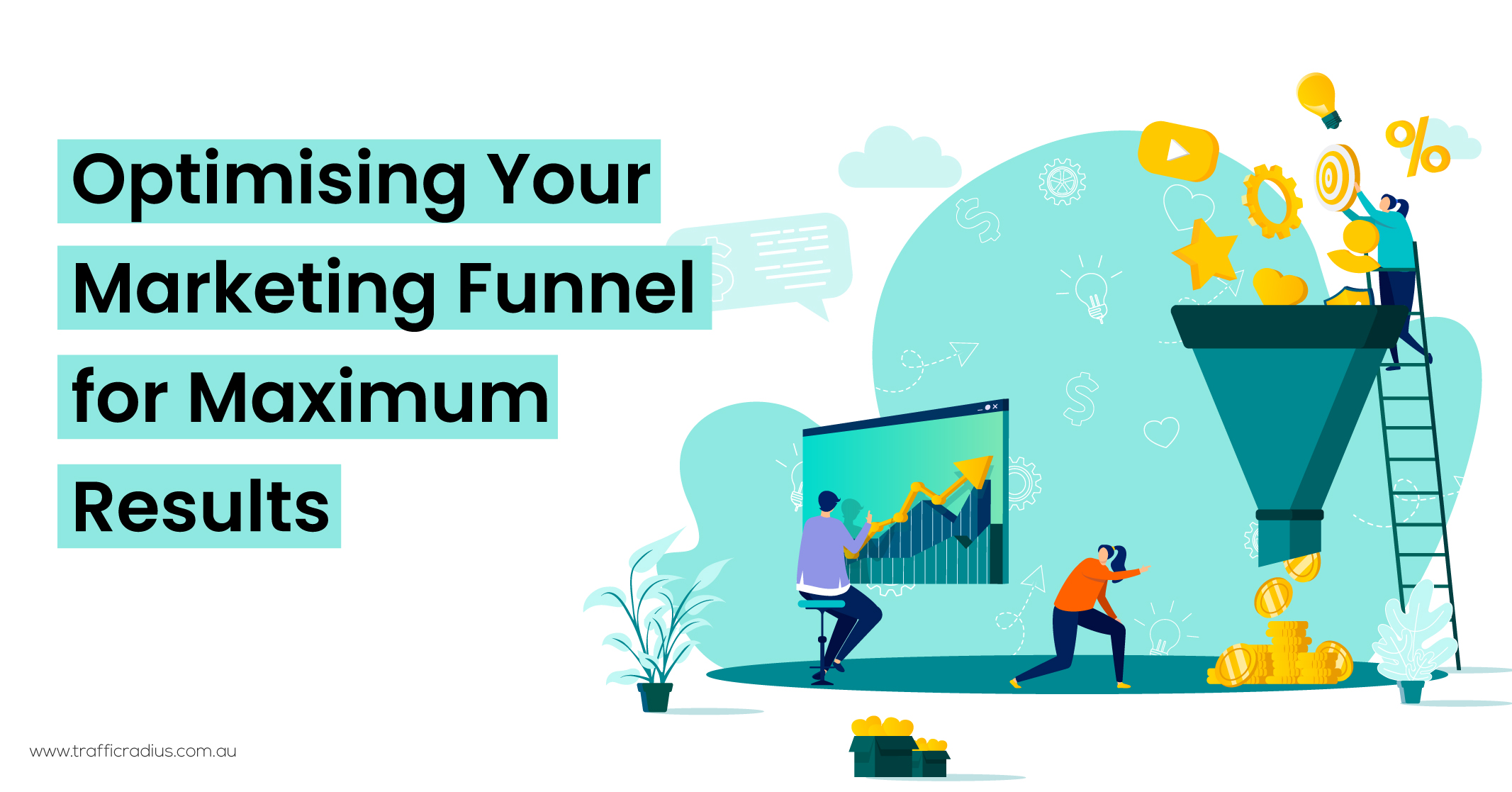
In the realm of marketing analytics, the term “funnels” frequently graces our learning paths. But what exactly is a marketing funnel, and why should we pay attention to them?
Consider marketing funnels as the visual blueprint that illuminates the journey customers embark on, beginning with their initial encounter with your brand and culminating in their conversion. These funnels hold a wealth of insights, revealing the reasons behind customers who successfully convert and those who don’t.

Click Here – Free 30-Minute Strategy Session
Be quick! FREE spots are almost gone for this Month
Grasping the intricacies of customer-brand interactions holds immense value. It enables you to strategically target your audience, deliver timely and relevant information, and guide them closer to making a purchase.
Understanding how and when consumers engage with your brand is pivotal, acting as a compass for your marketing efforts. Armed with this knowledge, you can effortlessly tailor your strategies, provide the right information at the right time, and pave a smoother path to conversion.
One of the most compelling concepts complementing marketing funnels is the captivating realm of flywheel marketing. Imagine the flywheel as a powerful force propelling your marketing strategies forward, fuelled by the energy of exceptional customer experiences and interactions. It represents a self-sustaining cycle of growth.
As we embark on this journey of understanding content marketing funnels and embracing the enchanting world of flywheel marketing, we unlock the potential to elevate our marketing strategies. So, let’s embark on this voyage, harnessing the power of marketing funnels and unleashing the transformative energy of the marketing flywheel and the utilisation of marketing flywheel examples.
Learn More: The 5 Most Popular Digital Marketing Strategies for 2023
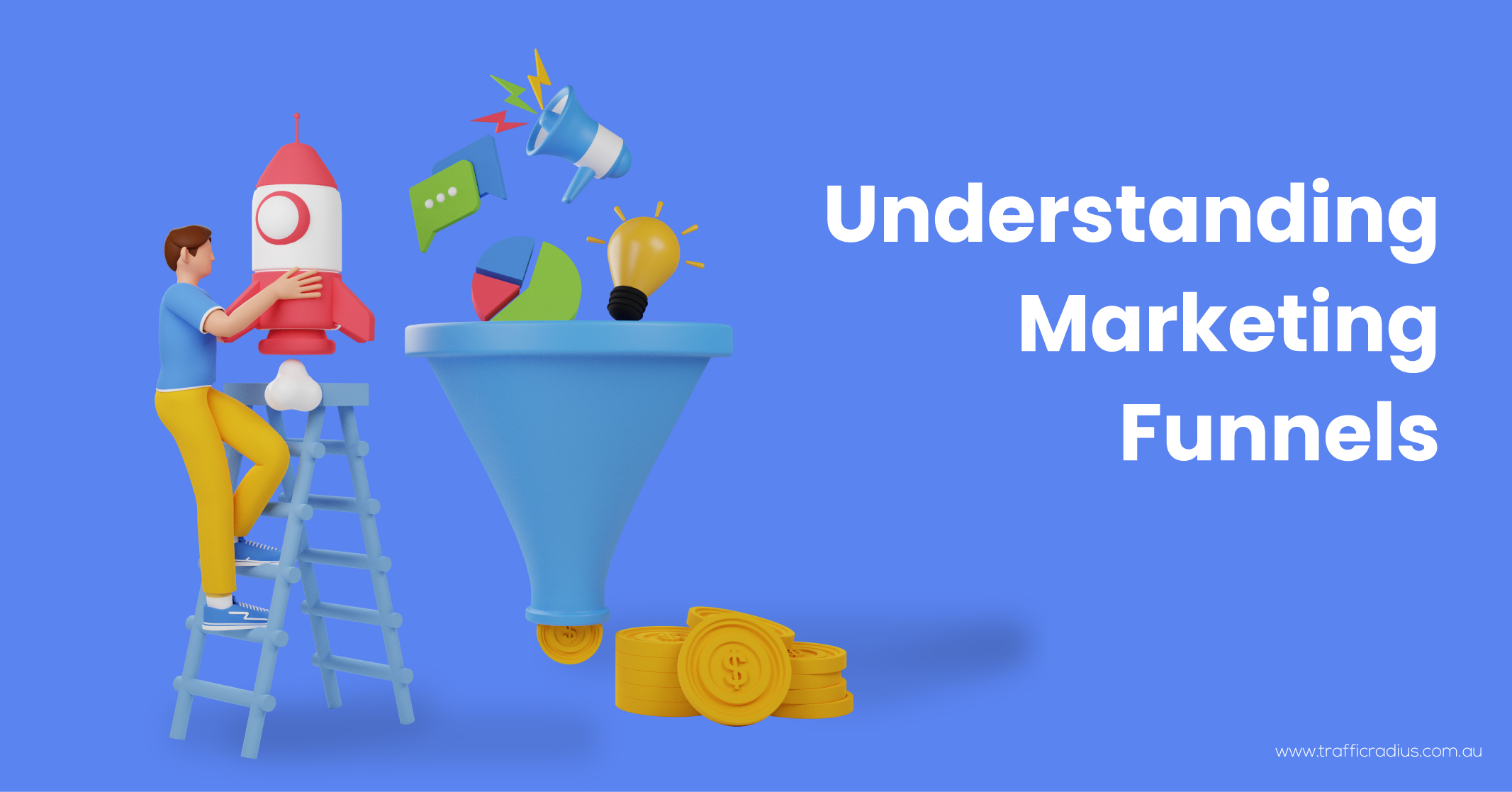
A marketing funnel visually represents the journey a visitor takes from discovering your brand to converting. The popular AIDA model breaks it down into four stages: Attention, Interest, Desire, and Action. It starts with grabbing attention, generating interest, building desire, and culminates in the desired action, such as making a purchase or filling out a form.
Consider Amazon’s marketing funnel as an example. Visitors browse the website, view products, add items to their cart, and complete the purchase. The funnel focuses on essential steps that lead to the final action, excluding unnecessary actions like visiting the Careers page.
What is Funnel?
The term “funnel” comes from the idea that many people enter the process at the top, but only a fraction proceed to the end. By widening the funnel, businesses can attract more people through various marketing strategies, increasing brand awareness and reaching new audiences.
Now, let’s touch upon the concept of flywheel marketing. It revolves around leveraging positive customer experiences and interactions to propel your marketing efforts forward. Satisfied customers become brand advocates, driving organic growth through referrals and spreading positive word-of-mouth.
In the realm of content marketing, funnels play a crucial role. They help guide the creation and distribution of content at each stage of the funnel, from awareness to conversion. By aligning your content with the customer’s journey, you can nurture relationships and support their decision-making process.
To optimise your marketing funnel, consider implementing effective strategies and tips. These may include refining your targeting efforts, crafting compelling content, optimising conversion points, and continuously analysing and adjusting your funnel based on data-driven insights.
By understanding marketing funnels, embracing the potential of flywheel marketing, and employing content marketing strategies, you can create a powerful framework to attract, engage, and convert customers, driving sustainable growth for your business.
Every marketing funnel begins with an advertisement, which can take various forms such as PPC ads, content marketing campaigns, white paper downloads, video ads, social media ads or even real-world ads.
Different types of funnels are often discussed, including sales funnels, webinar funnels, email funnels, video marketing funnels, lead magnet funnels, and home page funnels. However, despite their distinct names, they all serve the same purpose of tracking the progression of potential customers towards conversion.
Regardless of the specific types of funnels, the focus remains on understanding the steps that prospective customers go through on their journey to conversion.
Marketing funnels serve various purposes beyond acquiring sign-ups and purchases. They can be strategically placed throughout your website to observe visitor navigation within specific flows. For instance, you can track the process of newsletter signups, which involves viewing the signup form, submitting the form, and confirming the email. Similarly, you can create funnels for simple page conversions, such as viewing a signup page and submitting the signup form.
By identifying your goals and desired visitor actions on your website, you can create tailored funnels to track and analyse user behaviour. This data provides valuable insights into potential roadblocks or areas for improvement within your funnel marketing strategy.
With a deeper understanding of the funnel performance, you can optimise the user journey, remove obstacles and enhance the overall effectiveness of your marketing funnel.
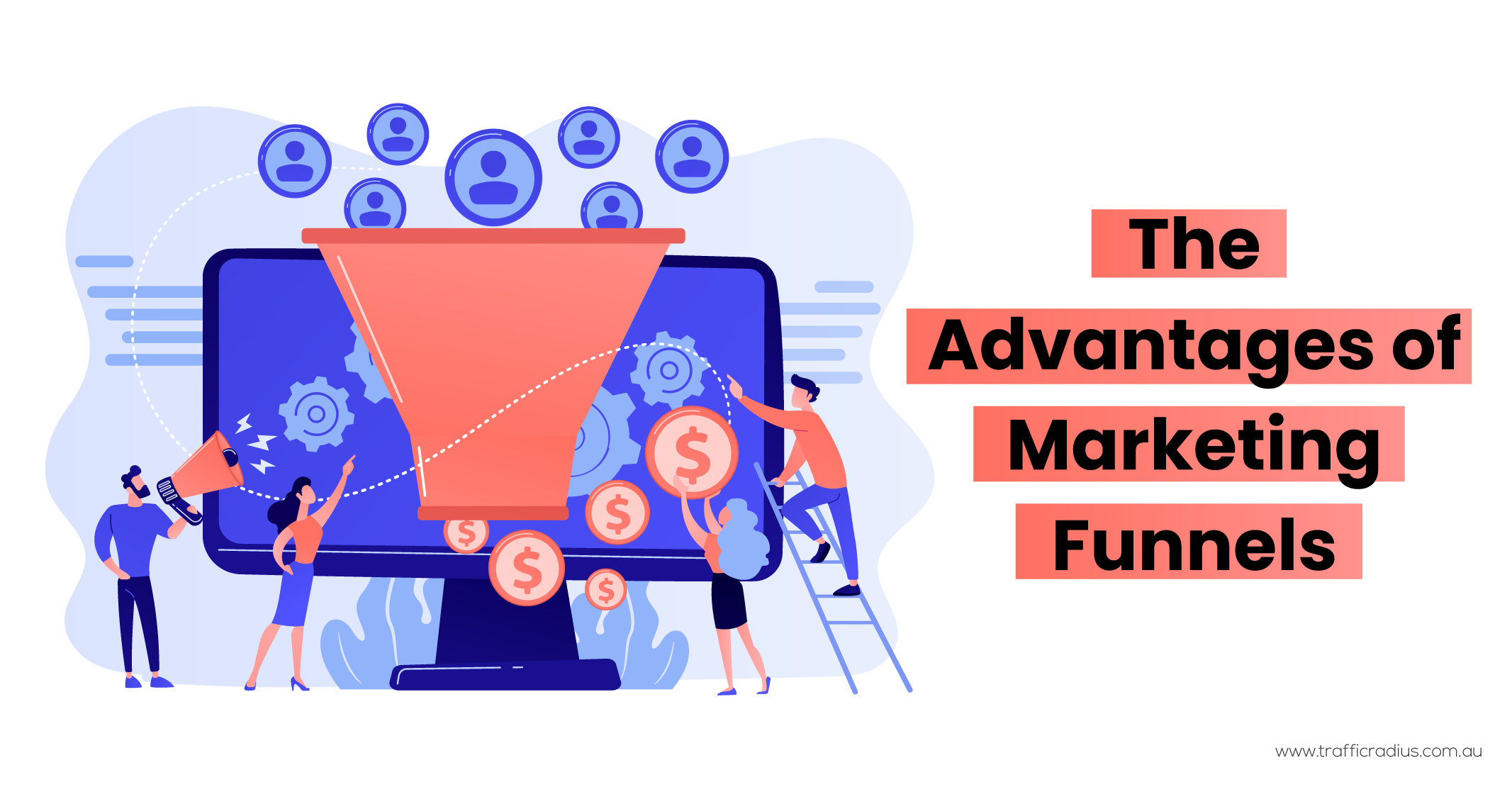
Marketing funnels offer valuable insights through a marketing funnel report, allowing you to identify customer drop-off points. This occurrence is often referred to as a “leaky” funnel, as it allows desired customers to escape the funnel.
Consider the example of an average SaaS business to illustrate a typical funnel:
While it is not mandatory for customers to use the product before making a purchase, tracking this stage provides valuable information on potential roadblocks. For instance, if there is a significant drop-off in conversions after the trial stage, it may indicate a need to improve the onboarding process to ensure users understand how to utilise the tool effectively.
Alternatively, adjusting the top of the funnel can help attract a more targeted audience, reducing the likelihood of attracting individuals outside your intended customer base.
By analysing the data from the marketing funnel guide, you gain insights into customer behaviour, enabling you to make informed decisions and optimise your funnel accordingly.
Now, let’s examine an e-commerce purchase funnel as an example.
In an e-commerce store, the funnel can be tracked by monitoring key conversions that occur during the purchase process:
This allows the e-commerce store to have a comprehensive view of the funnel, understanding the customer journey from adding items to the cart to completing the purchase.
By tracking these conversion steps, the e-commerce store can gain valuable insights into customer behaviour, identify potential drop-off points, and make informed decisions to optimise the funnel for better conversion rates.
Having explored the concept of a funnel and its benefits, the next step is to delve into the functionalities and insights offered by Google Analytics.
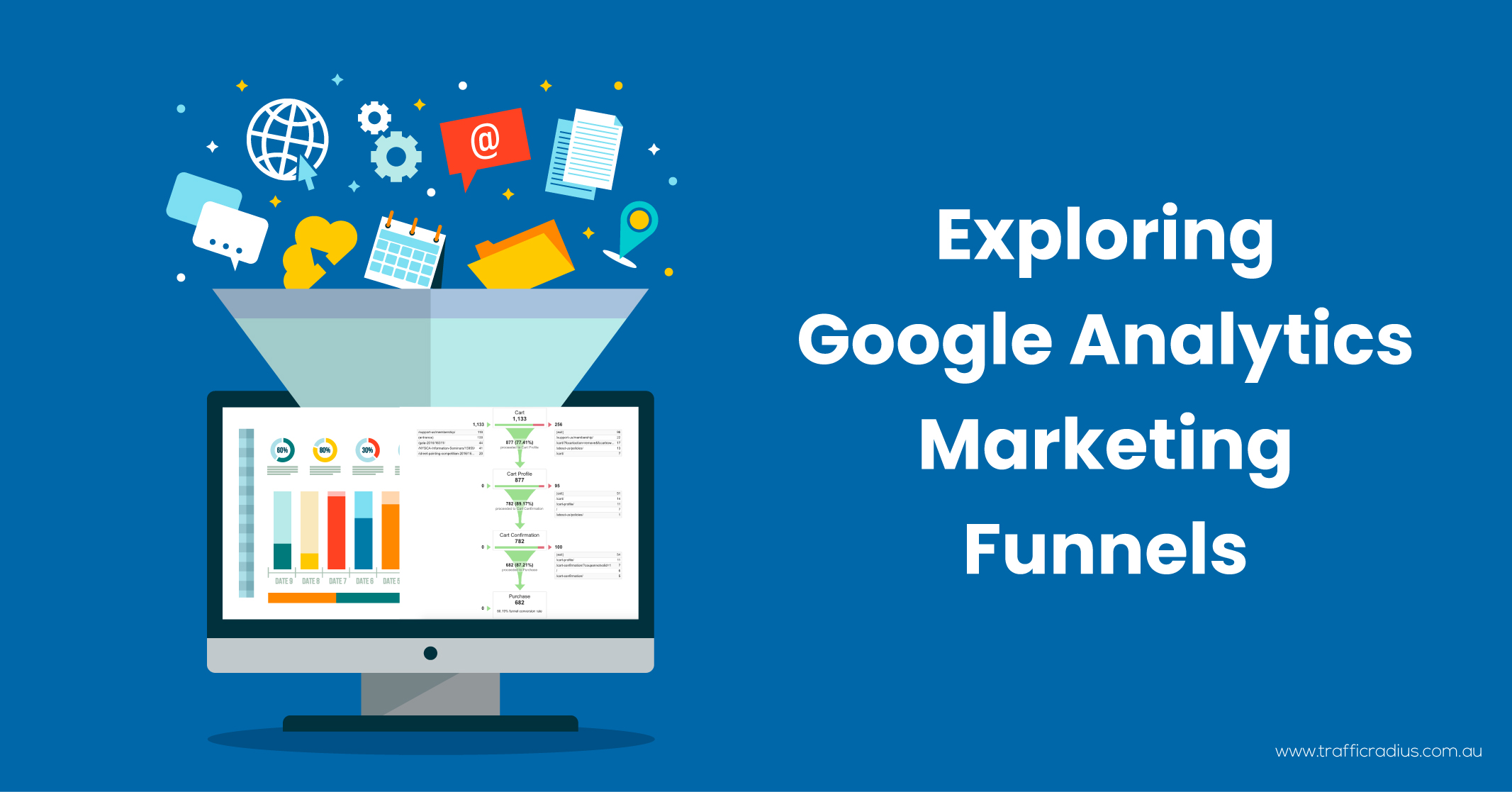
Google Analytics provides a convenient solution for tracking prospects’ paths before conversion through its marketing funnels feature. To create a funnel in Google Analytics, simply sign in, navigate to Admin > Goals > +New Goal, and choose a goal type according to your needs. You can refer to Google’s documentation to explore the various types of goals available.
Here are a couple of considerations to keep in mind when using Google Analytics funnels:
Overall, for beginners in content marketing funnels, Google Analytics funnels serve as an excellent starting point, providing a user-friendly and accessible option to track and understand customer paths leading to conversion.
To develop effective marketing funnels that drive conversions, there are various approaches and techniques you can employ. Let’s explore some strategies for your funnel marketing efforts, beginning with understanding the ideal buyer journey.
The primary objective of a conversion funnel is to create an effective buyer’s journey and enhance conversion rates. To achieve this, it is crucial to identify the starting point and end goal of your funnel. This involves determining three key aspects:
Once the end goal is established, it can be mapped out as a marketing funnel. Visualising and mapping the funnel helps maintain focus and alignment throughout the process.
Breaking down your marketing funnels into three distinct parts can provide clarity and structure. Visual representations, such as the graphic shown by WordStream, illustrate how goals differ at each stage.
By dividing the funnel into the top, middle, and bottom sections, you can define specific objectives for each stage. For instance, you may aim to increase website traffic at the top, enhance engagement rates in the middle, and optimise conversions at the bottom.
Once you have established concrete goals, it is essential to utilise appropriate tools to track your progress and ensure that you meet those objectives. Tools like Google Analytics or email automation software can assist in measuring success rates and providing valuable insights along the funnel journey.
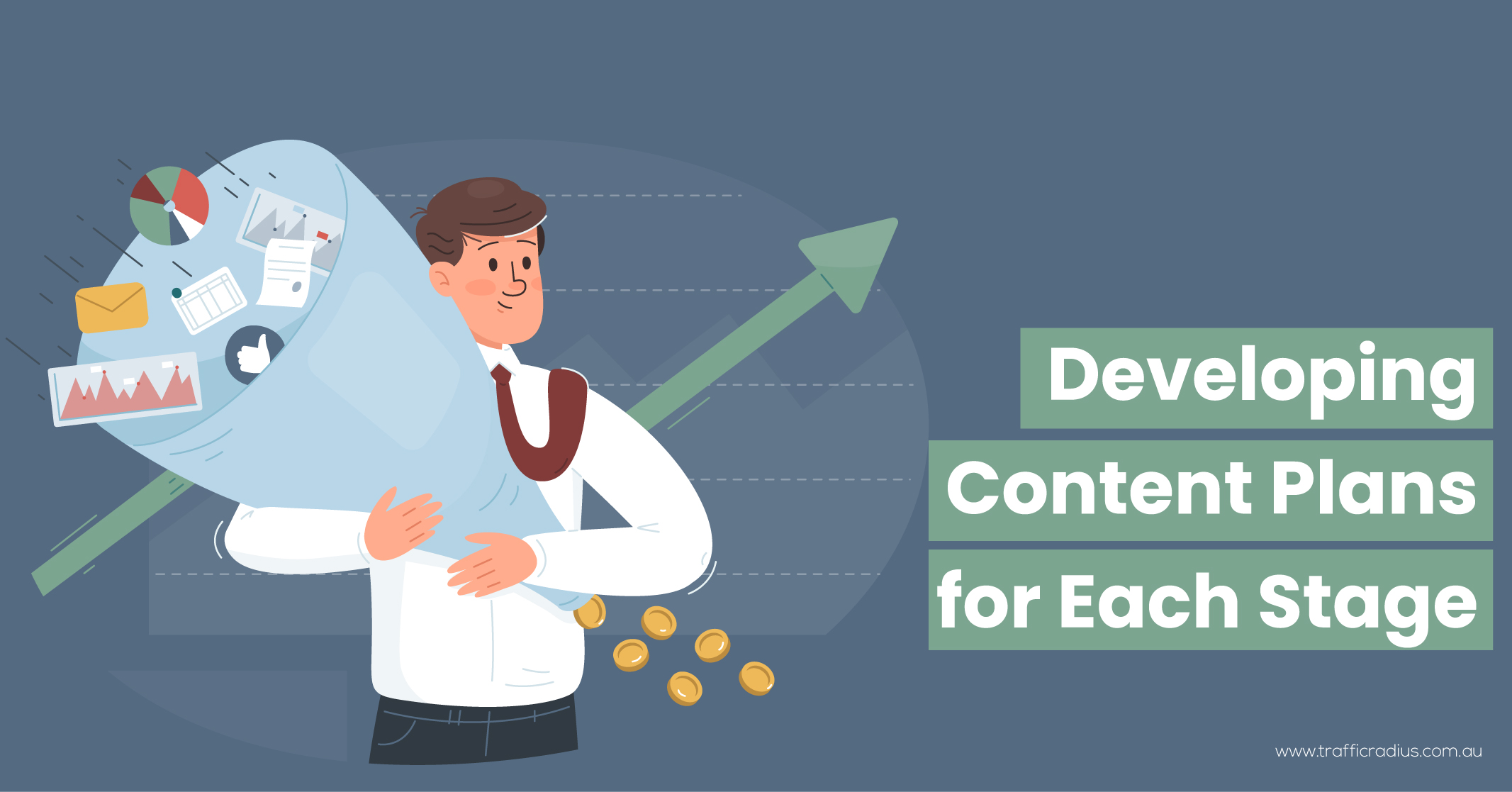
To ensure a smooth transition of prospects through the funnel stages, each part (top, middle, bottom) requires a dedicated marketing plan. Here’s a breakdown of the strategies for each stage:
Top: The top of the funnel focuses on building brand and product awareness. Utilise visually captivating content like videos, concise blog posts, and engaging social media posts to introduce your company and highlight your brand story.
Middle: In the middle of the funnel, the objective is to establish trust and demonstrate how your offerings can meet customers’ needs. This stage may span a longer duration, so the emphasis should be on creating valuable, informative, and reliable content such as case studies, video tutorials, and downloadable resources.
Bottom: The bottom of the funnel aims to motivate prospects to take action, whether it’s making a purchase, signing up, or engaging further. Marketing strategies at this stage can involve offering free trials, implementing actionable email campaigns, incorporating compelling CTAs, or providing clear calls to action.
By tailoring your marketing efforts according to the specific needs of each funnel stage, you can effectively nurture prospects and guide them towards conversion.
In the initial stage of your marketing funnel, it is crucial to generate excitement and interest around your brand and product. To achieve this, focus on answering two important questions: Why should customers care about your company? And how do your products effectively address their problems? These answers will guide the development of your content strategy for this phase.
Conduct competitor research to gain insights and inspiration. Analyse their landing pages, social media channels, and blogs to understand how they attract potential customers. Utilise tools like Traffic Radius to identify your main competitors and explore their content elements that you can replicate or enhance.
Employ social listening tools to monitor competitors’ social media channels. Evaluate the type of content they post, the engagement they receive, and their overall social media strategy. Learn from their approach to inspire your strategy.
In the AIDA model, “interest” and “desire” are essentially the same outcome when viewed from a practical perspective.
To generate interest and build desire, the key lies in creating compelling content. Here are some strategies for crafting great content to guide prospects along this stage of your funnel:
At the final stage of the marketing funnel, the ultimate objective is to convert a lead into a customer by motivating them to take a specific action. The desired action can vary depending on your unique business strategy. Here are some examples of actions you may want your prospects to take:
Create a valuable and informative PDF download that addresses common customer questions and offers it as an incentive in exchange for a prospect’s contact details. This approach allows you to provide valuable content while capturing leads for follow-up.
For instance, let’s consider LegalSuite, a legal services provider specialising in streamlining operational efficiency for their customers. To assist their target audience, LegalSuite offers a free eBook outlining various strategies to enhance legal operations’ efficiency.
To access the eBook, prospects are required to provide their contact details, enabling LegalSuite to initiate follow-up communication and nurture the relationship.
By offering valuable content through a PDF download and implementing a contact exchange, businesses like LegalSuite can provide immediate value to prospects while building a database of leads for future engagement.
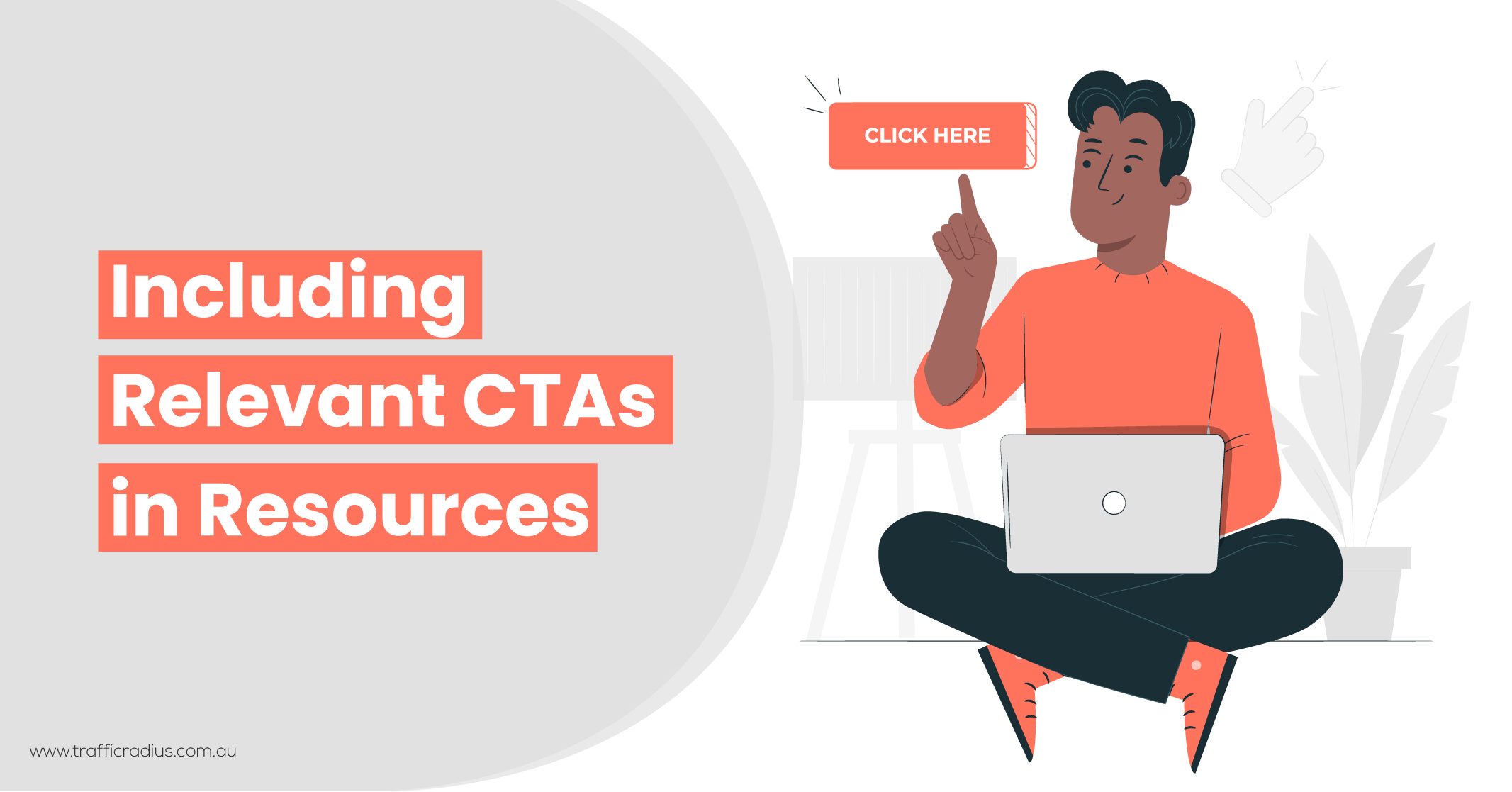
CTAs (Call to Action) play a vital role in guiding people towards the desired action, so it’s crucial to incorporate them into your content effectively. Let’s take a look at an example from Pura Vida Bracelets, a jewellery retailer.
Pura Vida CTA Example. In this stage of the marketing funnel, the aim is to entice customers to take the final step and complete the conversion cycle. To achieve this, CTAs should create a sense of urgency, highlighting how your product can solve their problem and emphasising the need to act promptly.
Ensure that CTAs are easily visible and accessible to customers. Place them prominently, such as at the top of a landing page, at the end of a guidepost, or as a vibrant clickable button strategically positioned in a YouTube video.
It is important to test different CTAs to determine which approach resonates best with your specific audience. By analysing their performance, you can optimise your CTAs and refine your strategy to maximise conversions and drive customer action.
Effective marketing revolves around empowering individuals to help themselves. By sending clear, concise, and actionable emails, you can emphasise how your products or services can solve their problems.
In these emails, it is crucial to provide valuable information and highlight the benefits customers can gain by engaging with your offerings. Be sure to include a prominent call-to-action (CTA) that directs potential customers towards the desired action.
If you’re seeking a starting point, Tutsplus.com offers a selection of free email newsletter templates that can serve as a useful resource to guide your email marketing efforts.
Remember, the key is to provide helpful content and guide customers towards finding solutions, ultimately leading them to take action and choose your products or services.
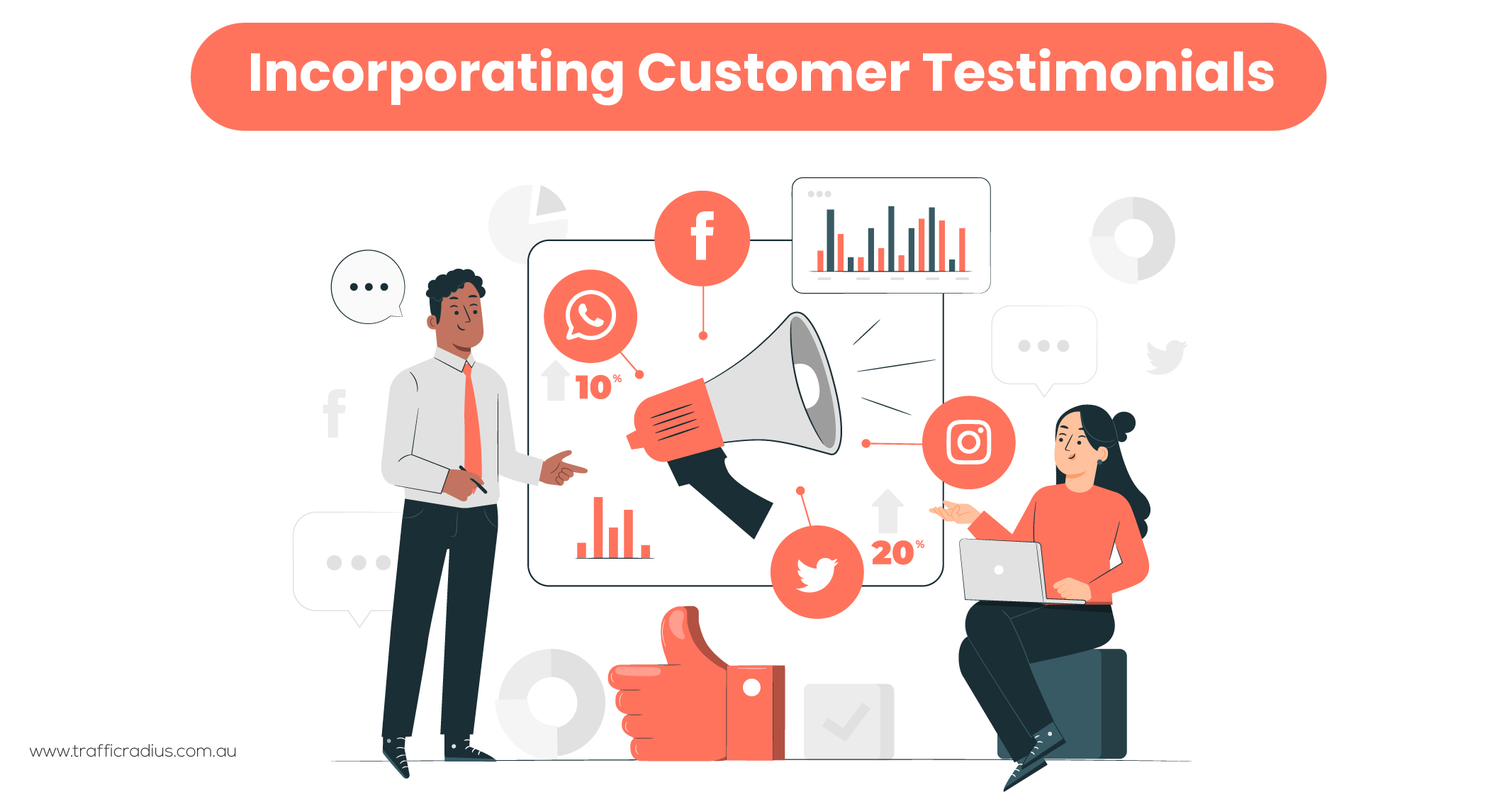
Did you know that 72 percent of customers require reassurance through reviews before making a purchase? Boost their confidence in taking the final step by incorporating testimonials into your page.
To gather testimonials, you can request reviews directly from customers or seek permission to share existing reviews from platforms like Facebook and LinkedIn.
Now, where should you showcase these testimonials? The placement depends on your audience, brand goals, and marketing strategy. Consider the following options:
In addition to testimonials, consider providing other enticing incentives to nurture leads and convert them into paying customers. Here are some ideas:
By offering these additional incentives, you can nurture leads and motivate them to take the next step towards becoming paying customers. Tailor these incentives based on your specific business and target audience to maximise their effectiveness.
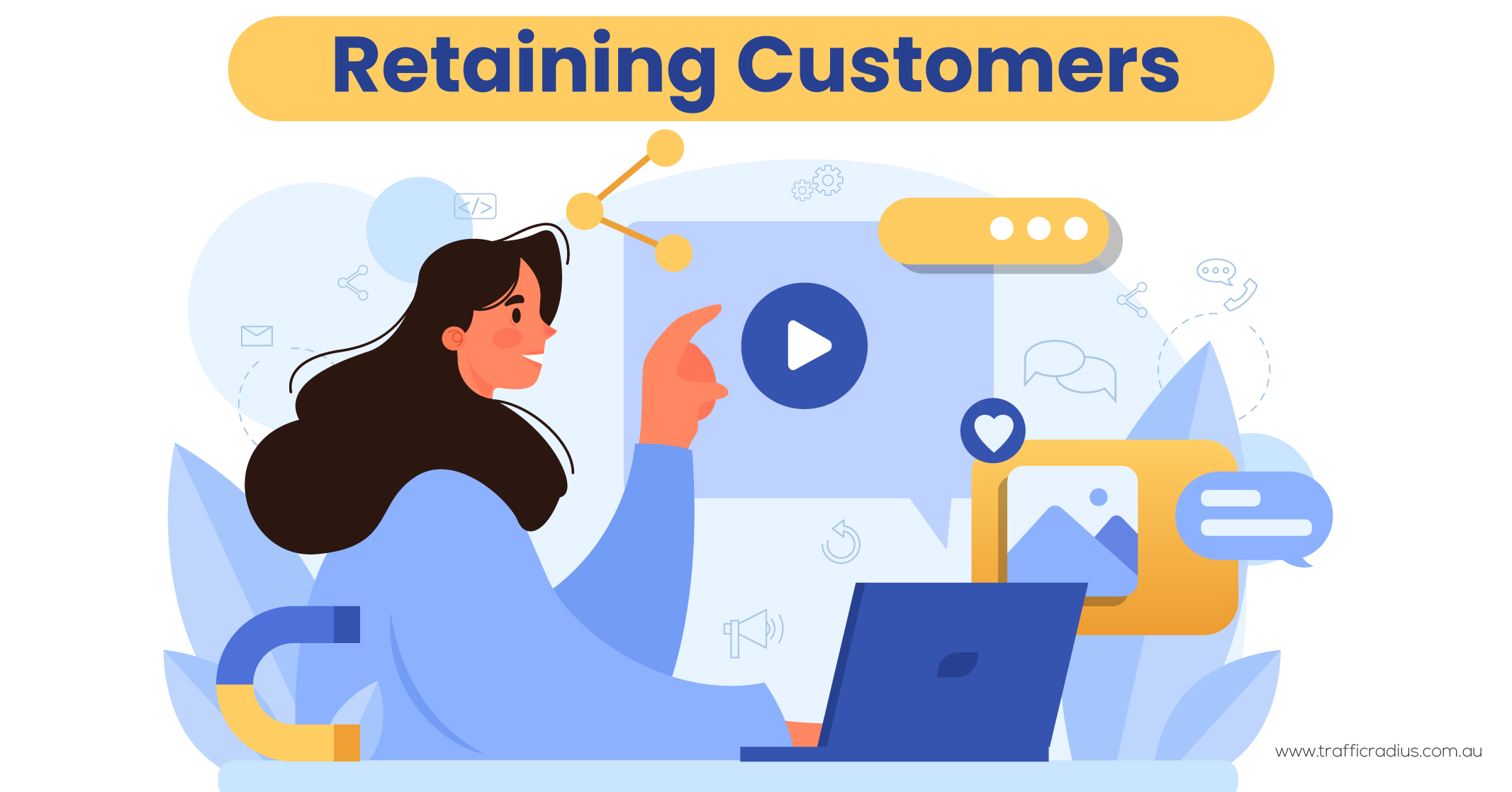
Effective marketing extends beyond customer acquisition to include customer retention, which is a skill worth mastering. Retaining existing customers can be up to five times more cost-effective than acquiring new ones. Moreover, existing customers are approximately 50% more likely to try your new products, presenting an opportunity for experimentation within the retention funnel.
To retain loyal customers, consider implementing the following strategies:
By implementing these strategies, you can create a strong foundation for customer retention and foster long-term relationships with your audience. Remember to align these efforts with your content marketing funnel, utilising effective marketing funnel tips, strategies, and ideas while considering the dynamics of flywheel vs. Funnel.
Learn More: How to Craft the Perfect Sales Funnel Strategy
To maximise growth and capitalise on existing customers, it is important to incorporate strategies into a growth marketing funnel. Here’s an example of how you can grow your customer base:
An example of successful upselling can be seen in Best Buy’s approach. They showcase a MacBook Air priced at $999.99 and display other MacBook options below, with the first option having an enticing discount attached. This demonstrates a subtle and effective upselling technique.
In addition to cross-selling and upselling, there are other strategies you can employ to grow your customer base and expand your business:
Test out different approaches and observe which strategies resonate best with your specific customer base. By aligning these tactics with your content marketing funnels and considering the dynamics of marketing flywheel vs. funnel, you can enhance your marketing efforts and drive growth in your customer base.
While achieving a perfect marketing funnel may be elusive, it is crucial to identify and address common errors that can hinder their performance. Some typical mistakes to watch out for include:
To optimise your marketing funnel ideas, consider the following strategies:
By implementing these funnel optimisation tips and ideas, you can enhance the performance of your marketing funnel and increase conversions.
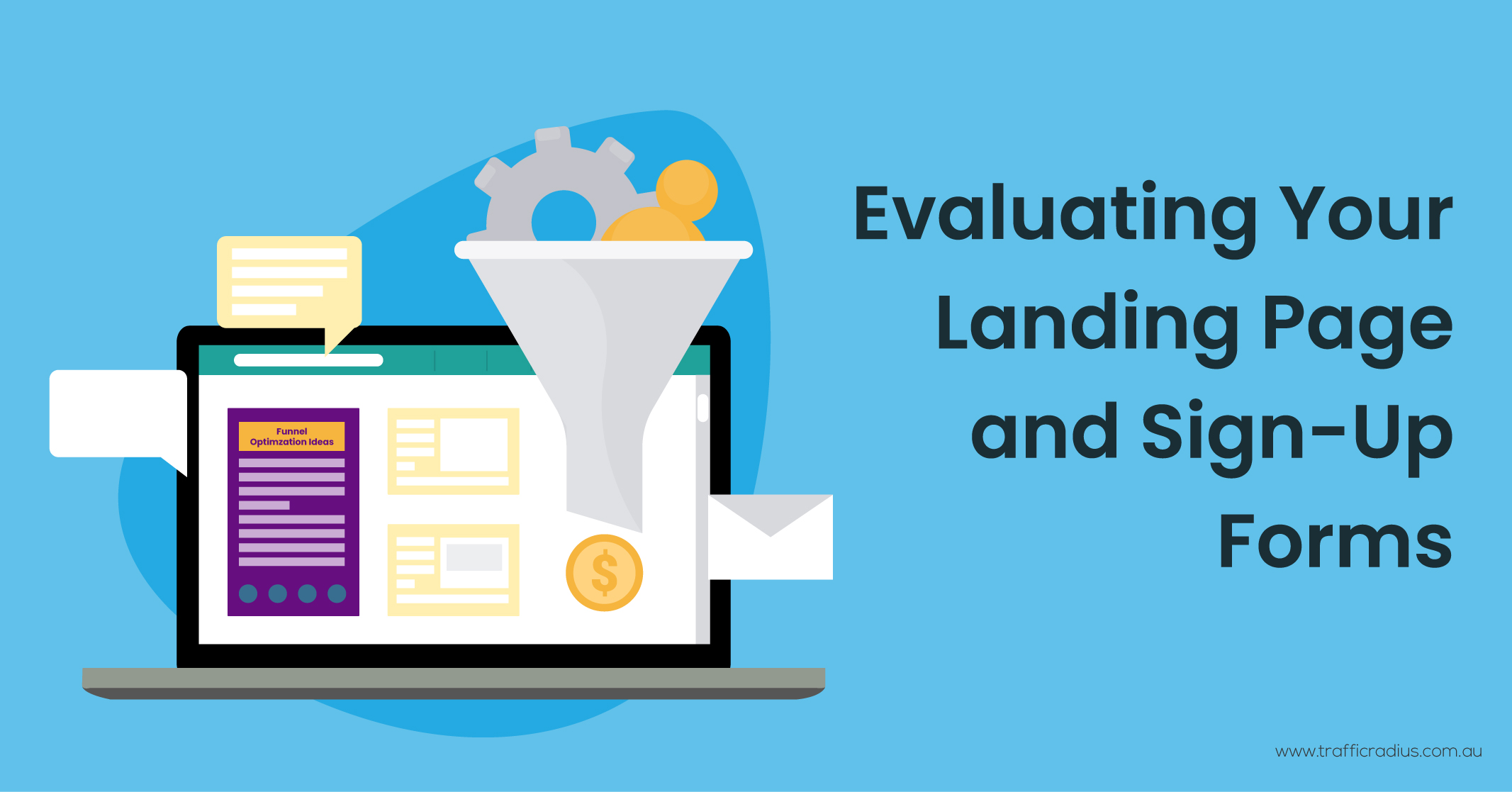
To optimise your landing page and improve conversion rates, it’s essential to test various elements. Consider the following funnel optimisation ideas and tips:
By implementing these funnel optimisation techniques, you can fine-tune your landing page for better performance and increased conversions. Regularly test and iterate these elements to continually improve your funnel’s effectiveness.
Establishing trust is crucial for online marketing funnels, particularly when it comes to convincing customers to make a purchase. To build trust, consider incorporating the following elements into your landing page and throughout your funnel:
Additionally, customer reviews and implementing HTTPS (secure website protocol) can further enhance trustworthiness.
While using all three trust elements mentioned above is recommended, it’s essential to conduct A/B testing to determine the most effective placement and positioning of each element on your landing page. Experimentation will help you optimise trust-building elements for maximum impact.
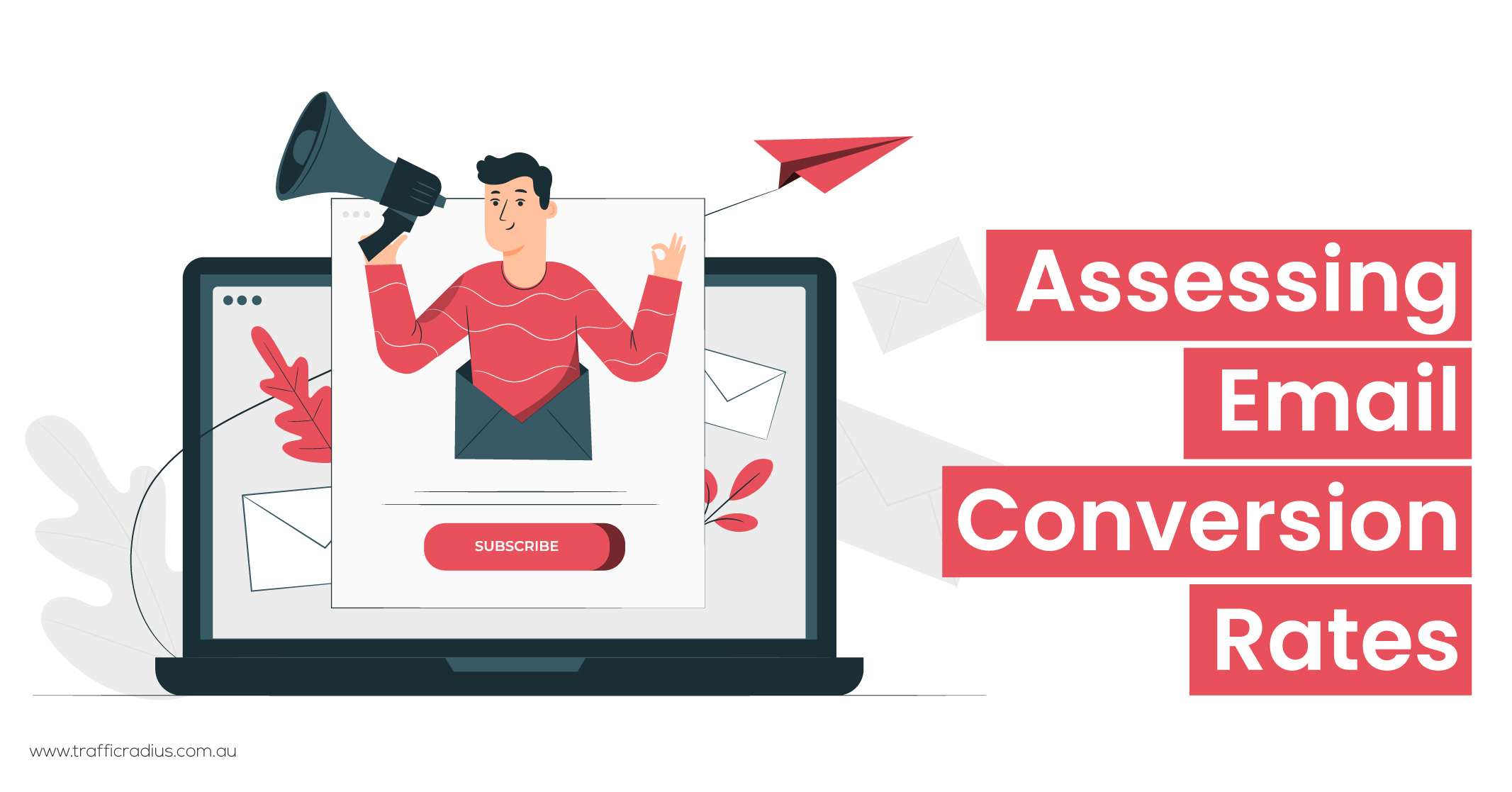
Building an email newsletter list is crucial for your online conversion funnel. When it comes to optimising your emails, consider testing the following elements:
Testing these conversion funnel elements is crucial for refining your email marketing strategy. By continuously evaluating and optimising these elements, you can improve engagement, click-through rates, and overall conversion rates.
When it comes to metrics, user testing and A/B testing are two powerful methods that complement each other perfectly. Here’s how they work together:
If you’re new to usability testing, resources like Jakob Nielsen’s “Usability 101: Introduction to Usability” and platforms like Usertesting.com can provide guidance and tools for conducting tests. For beginners in A/B testing, refer to our A/B testing guide to learn more about this valuable funn˘el optimisation technique.
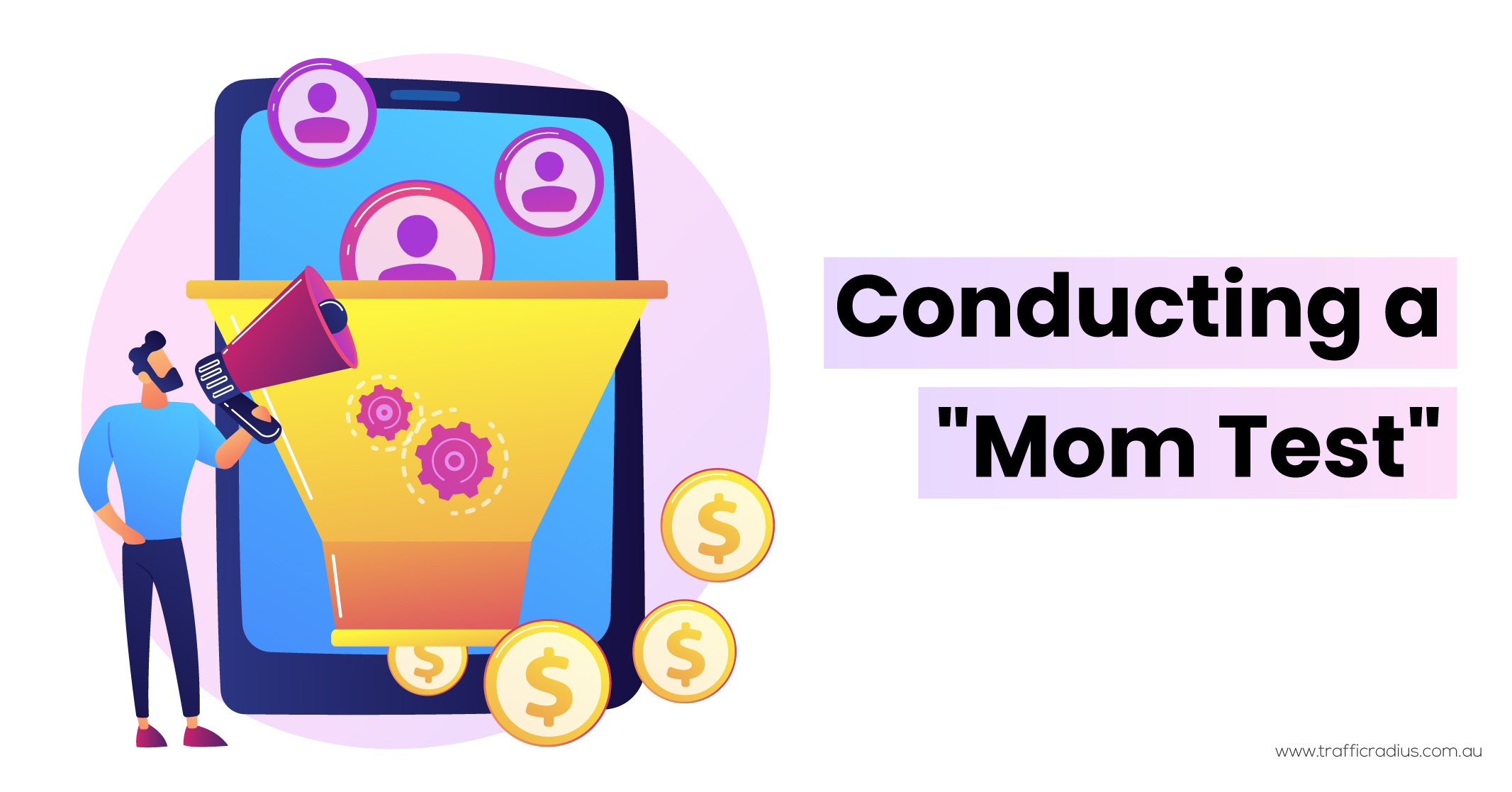
To truly understand how the average web user interacts with your marketing funnel tactics, it’s important to involve someone who represents your target audience, rather than relying on an internet-savvy friend. You need insights from a regular web user who can navigate your funnel as most people would.
Engage this individual by calling them and asking them to search for your site on Google and complete the desired conversion process. Communicate your expectations of what users should do during this process.
Throughout the call, encourage them to vocalise their thoughts and actions as they navigate. Record the conversation and take detailed notes until they finish the process.
Based on their feedback and observations, make necessary adjustments to optimise your conversion process. Repeat this funnel optimisation process iteratively until users can smoothly navigate the process without abandoning it.
Simplicity is key when constructing an effective conversion funnel and eliminating distractions is crucial to achieving this. A valuable technique to assess the simplicity of your marketing funnels is the five-second test.
The concept of the five-second rule in marketing revolves around the notion that within the initial five seconds, website visitors or consumers of a marketing message form a rapid decision on whether to engage with the content or move on. Given the limited attention spans and information overload faced by people, marketers must swiftly capture their interest and attention.
By conducting a five-second test, you can gain insights into the effectiveness of your funnel’s simplicity. This test involves presenting a visual presentation concisely, allowing you to evaluate how well your marketing funnels engage and retain users within those critical initial moments.
The AIDA model consists of four stages: Attention, Interest, Desire, and Action. These stages aim to attract attention, generate interest, cultivate desire, and ultimately prompt customers to take the desired action.
Goals and funnels serve distinct purposes. Goals represent the specific objectives you aim to achieve, such as a completed sale. Funnels, on the other hand, illustrate the customer’s journey towards reaching those goals.
Marketing funnels are essential because they provide valuable insights through data analysis, enabling you to identify where customers are dropping off and optimise your strategies accordingly.
To visualise a funnel, consider utilising tools like Google Analytics or other funnel visualisation platforms that provide graphical representations of the customer journey.
The primary purpose of a funnel is to illustrate the process customers undergo, starting from their initial visit to your website and culminating in their conversion to paying customers.
While a marketing funnel focuses on the steps leading to a purchase, a brand funnel encompasses the entire customer journey, including awareness, consideration, purchase, and eventually, brand loyalty. The brand funnel provides insights into the stages customers progress through as they form a lasting connection with your brand.
To summarise, marketing funnels are designed to track the steps leading up to a desired action or conversion on your website. A conversion occurs when a visitor takes the action you want them to take, such as making a purchase or signing up.
Funnel reports provide insights into the stages where people drop off in the conversion path, allowing you to optimise the process and increase revenue. Google Analytics offers free funnel tracking as part of its software, making it a convenient and cost-effective tool to get started with marketing funnels.

LEAVE A REPLY